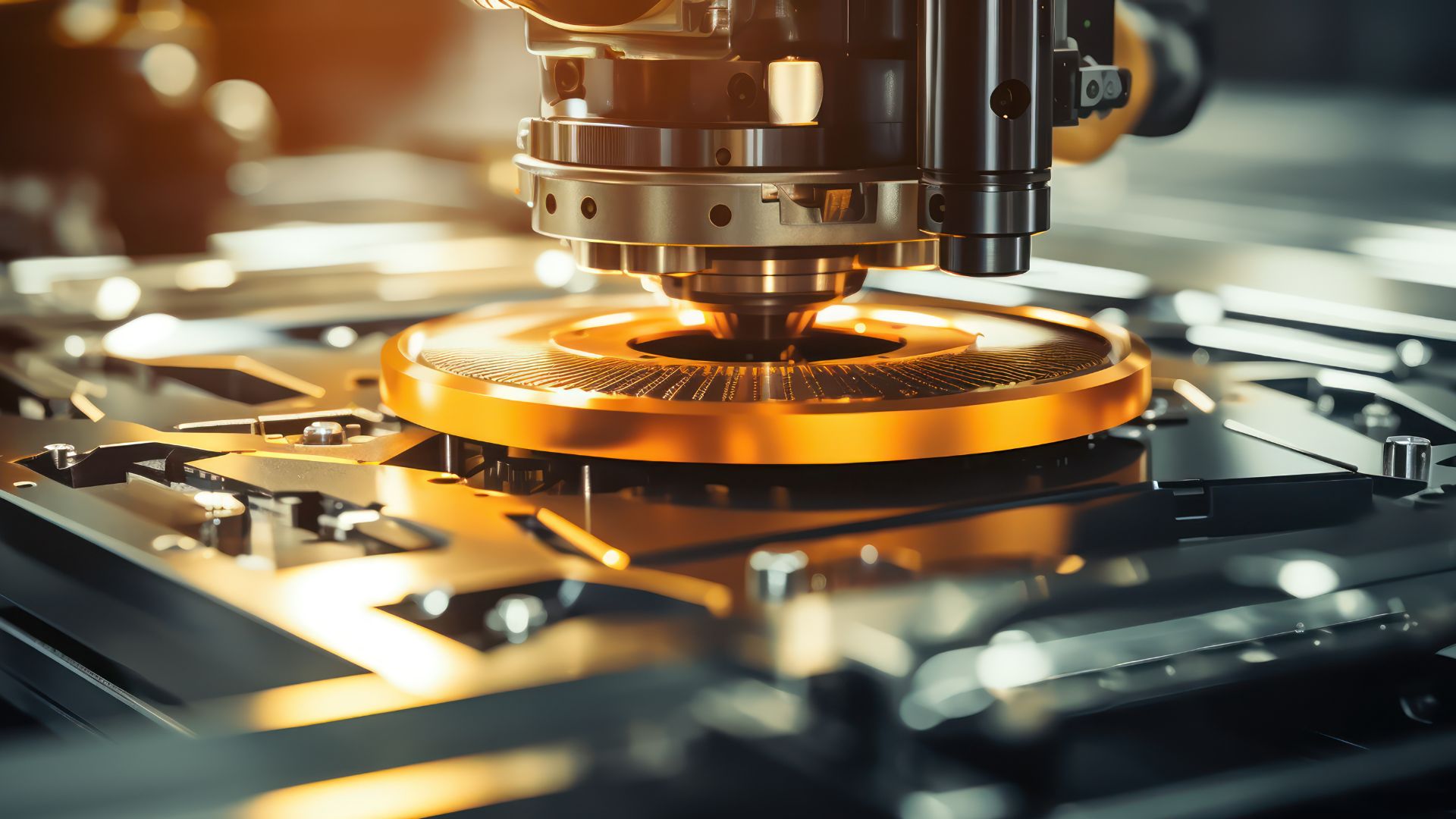
Additive manufacturing is the technique of creating three-dimensional products from CAD models by layering on the material using digital data.
Additive Manufacturing, previously known as rapid prototyping, and currently popular as 3D printing. The term Rapid prototyping was coined to describe the time efficiency of the AM process and technology which created physical prototypes directly from digital model data. But Now, many parts are directly being manufactured by these machines, So it makes no sense to call them prototypes. While the name is still under debate, as per the recently formed Technical committee within ASTM, they adopted a consensus standard to now use the term Additive manufacturing.
How Does Additive Manufacturing Work?
Using a software-defined model which is computer-aided design (CAD) or 3D object scanners that contain full geometric description of parts which is to be printed, additive manufacturing allows for the creation of objects with precise geometric shapes. These are then built layer by layer, as with a 3D printing process, which is in contrast to traditional manufacturing that often requires machining or other techniques to remove surplus material.
Advantages of Additive Manufacturing
Additive manufacturing offers numerous advantages that revolutionize the production process.
Below are nine significant benefits:
-
Rapid Prototyping: Additive manufacturing enables swift and efficient prototyping. In contrast to traditional methods taking weeks or months, prototypes can now be fabricated within days. This accelerates the product development cycle, allowing for timely adjustments and cost savings before mass production.
-
Enhanced Accuracy: Unlike traditional manufacturing, additive manufacturing ensures high precision with minimal human intervention. The process enables intricate designs and customized products, meeting specific customer requirements effectively.
-
Material Waste Reduction: Additive manufacturing minimizes material wastage by building objects layer by layer. Unlike subtractive methods like machining, which produce substantial waste, additive manufacturing generates minimal waste, promoting eco-friendliness and cost-efficiency.
-
Energy Efficiency: Additive manufacturing consumes less energy compared to traditional methods. With smaller machines and minimal auxiliary equipment, energy consumption is significantly reduced, leading to substantial cost savings for manufacturers.
-
Cost-Effectiveness for Small Production Runs: Setup costs in traditional manufacturing make small production runs expensive. Additive manufacturing eliminates setup costs, making it economically viable for small-scale production, thus benefiting manufacturers aiming for flexible production volumes.
-
Inventory Reduction: Additive manufacturing facilitates on-demand production, reducing the need for excessive inventory. Manufacturers can produce items as required, minimizing inventory costs and associated risks.
-
Environmental Sustainability: Unlike traditional methods that contribute to pollution, additive manufacturing is more environmentally friendly. Its minimal waste generation and energy efficiency make it a greener alternative, aligning with sustainable manufacturing practices.
-
Unique Designs: Additive manufacturing allows for the creation of intricate and innovative designs that are impractical with traditional methods. This uniqueness gives companies a competitive edge, enabling them to offer distinct and appealing products to customers.
-
Supply Chain Flexibility: Additive manufacturing offers flexibility in the supply chain by enabling on-demand production. Manufacturers can respond swiftly to changes in demand without complex logistical challenges, further enhanced by localized production capabilities.






Арматура диаметром 32 мм, изготовленная из стали марки А500С, является одним из самых востребованных видов металлопроката в строительстве. Она применяется при возведении фундаментов, армировании стен и перемычек. https://armatura32.ru
Great content. There are also related information about these topics and Music on https://mohammadtaherkhani.com for free to use.